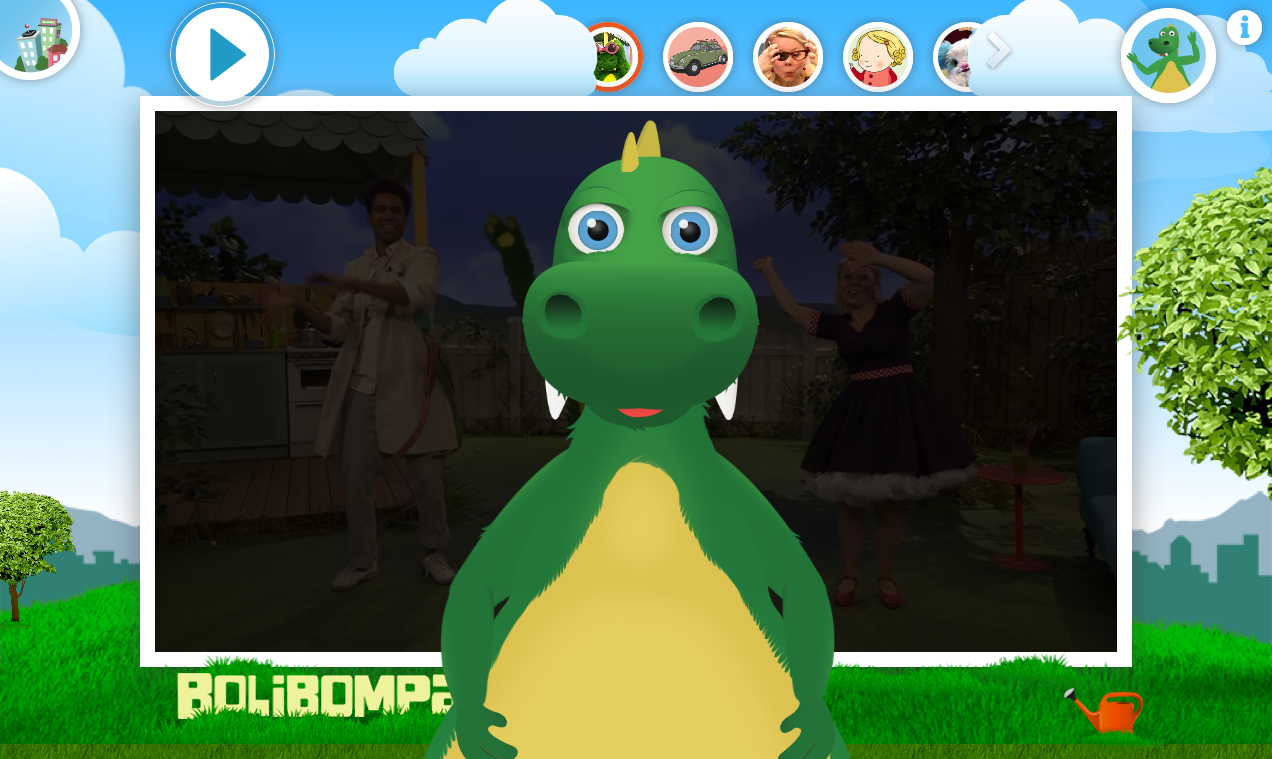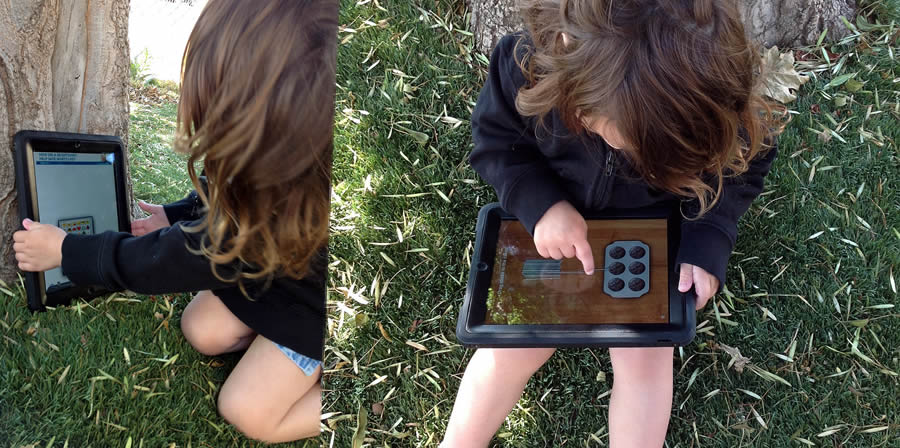The Goal
In a video that introduce the acquisition of Zappos by Amazon, Jeff Bezos outlines his view of what is important. First on his three point list is “Obsess over customers” and thereafter “Invent on behalf of your customners” and “Think long term”.
In “You Can’t Innovate Like Apple” Alain Breillatt discusses the focus Apple puts on knowing their market and having leaders who obsess over all fasetts of design.
Epic
In the excellent HFI white paper “The Evolving Institutionalization of Usability: User Experience as Strategy” Eric Schaffer outline a process for making usability equally important to a companys operations as HR, manufacturing and similar business areas. The process involves having a CXO (Chief eXperience Officer) who is in charge of creating, implementing and maintaining a user experience strategy for the company in question. The strategy outlines such things as staffing, training and knowledge sharing. The process is truly epic.
Lean
Most of my clients come to me asking for usability work leadership. However, they are not of the size needed for Schaffer’s process to be practical. I need a process that:
- Is small and efficient (resources are never abundant)
- Is modular (some pieces may already have been done by he client, others may not be prioritized at the moment)
- Can solve a large range of problems (since all my clients have different kinds of problems)
- Will create reusable design artifacts (so the client can do some future work themselves)
Adaptive Path are my experience / interaction design idols. The guys and gals there create wonderful experiences for a wide range of clients. Their solutions always seem simple, but are of cause very “designed”. Also their process, as examplified in a recent article about a bike shop design, is deceivingly simple. However, to me it is close to perfection:
- Understand the client — products, goals, market as well as the problem they want solved
- Understand the client’s customers and users
- Clearly articulate the client’s central process(-es) from a user perspective
- Create concepts
- Prototype and create reusable deliverables — material and immaterial — together with the client
- Don’t be afraid to iterate within, and jump between, stages of the process (for example by testing prototypes on customers)
Variations
The process outlined above is the one I currently base my work on. Each project has it’s own characteristics and goals, but with these five activities I can help my clients obsess over customers and create products and services that both delight and help customers reach their goals.

